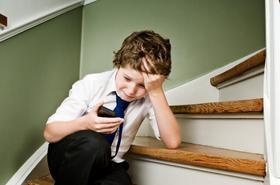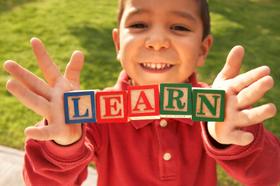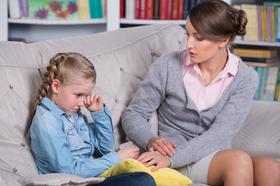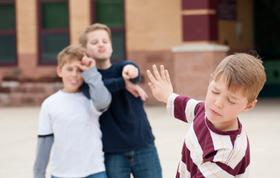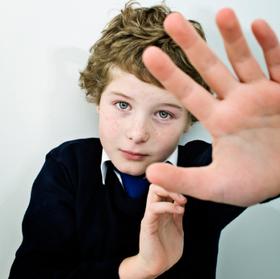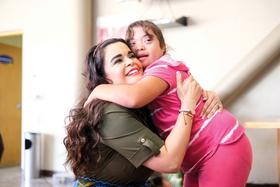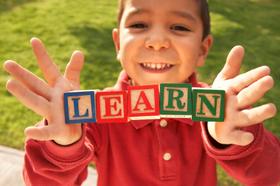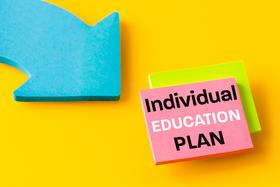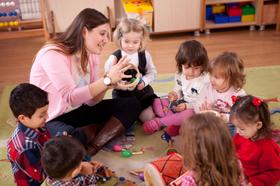My late wife had a "brick," as those first Motorola cellphones were affectionately nicknamed. Back in the 90s, there were very few cell phones worldwide. Those early cell phones were bulky, expensive, and used primarily by business people. At that time, the pager was the only affordable signaling technology available to consumers. I remember keeping a pager in my belt when I ran with the local volunteer fire department. It wasn't until the 2000s that cell phones became affordable and widely available. The computing power of current smartphones is mind-boggling. That power, universal availability, affordability, and connectivity partnered with social media in all its forms have unleashed a phenomenon known as the phone-based childhood.
So, let's take a look at this phenomenon and its ramifications.
A professor from New York University says our society’s “new phone-based childhood” is making young people sick and blocking their progress toward success during adulthood. He says we “need a dramatic cultural correction, and we need it now.” Source: Niklaus Children's Hospital
After smartphones replaced flip phones, young people had the Internet in their pockets. They could use their phones anywhere, anytime. And that is the root of the problem: Young people have become addicted to their phones. Social interaction, reading, and playing outside are the 1990s and 2000s artifacts.
Growing up, we went outside to play in good weather. We played board games or worked jigsaw puzzles when the weather was inclement. We also had chores around the house. Our social activities included Sunday school, music lessons, team sports, and homework. We grew up tethered to life, not to an electronic device. We had to interact with all kinds of people in a variety of situations. Isolation was not an option.
While I have always been a digital nerd, I didn't have to cope with cell phones, much less smartphones, in my classroom. As a result, my students could focus on what I was teaching them. They participated in discussions and debated issues. The only distractions were weather-related, such as a thunderstorm or oppressive humidity. (We had no air conditioning in our classrooms.) Fast-forward to today's classrooms and the ubiquitous smartphones.
This video discusses smartphones vs. smart kids.
The use of smartphones at school
Bringing a smartphone to a public school opens up a variety of issues, including students' rights, district policies, and more. Bringing a smartphone to a private school is governed by a private school's contract. Put another way, if you try to ban or even limit the use of smartphones in public schools, you will run into all kinds of roadblocks, political and legal. On the other hand, a private school can ban or limit smartphones and reinforce that edict with the contract parents and school have signed. Against that backdrop, here are some of the ways smartphones are a distraction in a classroom.
Cell Phones as a Distraction in Classrooms
It's difficult, even impossible, to concentrate on what the teacher is saying if you are surfing the Web on your smartphone. TikTok and Instagram can be amusing and fun, but there's no need to be watching those sites during class. That would be like reading a comic book in class when I was teaching. That never happened. Distractions of any kind affect learning negatively. Distractions create gaps in learning that, in turn, impact assessments such as quizzes and exams. While the impact may appear minimal, the overall effect is significant. Notifications, messages, and games are potent events that interrupt learning.
...spending more time on social media often means spending less time on healthier and enriching activities, such as:
- Getting exercise and sleep
- Reading books and ruminating
- Interacting with people face to face Source: Mindful Technics
How to banish a phone-based childhood
When you buy a car or a television, it comes with an instruction manual. When your child is born, it comes with no instruction manual. My point is that it is up to us parents to provide an environment where our children grow up eager to explore the world around them and learn all they can. Our immense responsibility is to curate their talents, encourage them to persevere when they fail, and, most importantly, become solid members of society who think critically.
Unfortunately, all these idealistic aims will come to nothing if we give our elementary school-age children a smartphone. That will lead to a phone-based childhood. We know that smartphones will keep our children occupied for a few minutes while we deal with important matters. But next thing you know, that time on her smartphone has stretched to one hour and then two hours. She seems happy, but did you notice that she doesn't read as much? She isn't paying with her brothers. She's not helping you make supper.
This video discusses the effects of smartphones on kids.
That's why many people recommend not giving your child a smartphone until she is in high school. The same thing applies to social media accounts. Wait until she's in high school.
The next step is equally important. You must set an example. When she sees you constantly on your smartphone, bringing it to the dinner table, interrupting a conversation to answer a text message, continually looking at it while you're in church, and so on, she gets the message that being on her phone all the time is okay.
Questions? Contact us on Facebook @publicschoolreview
#EndPhoneBasedChildhood #DelaySmartphones #NoSocialMediaForKids #PlayBasedChildhood #ProtectKidsOnline #ChildhoodUnplugged




















